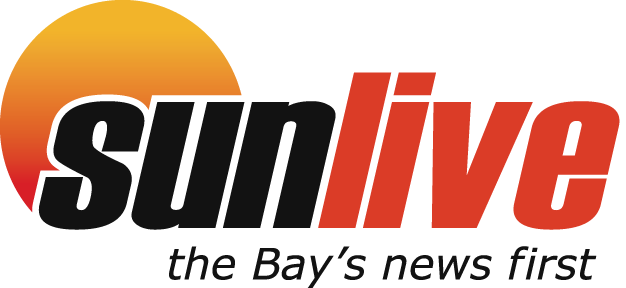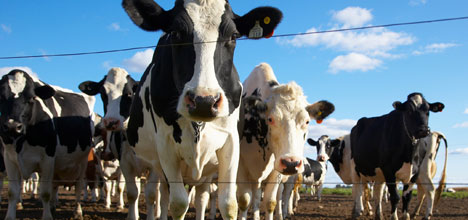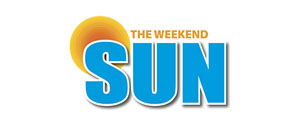Building their new herring bone cow shed on the same site as their old shed proved a good challenge for the contractors working on Harold Loijen's
farm in Putaruru.
The old 18 bail herring bone was already supported by infrastructure including a feeding pad, bunkers and two effluent ponds, so building on the same site was the only suitable option.
The contractors rose to the challenge though and the new 26 bail herring bone, with capacity for 30 bails, was built in time for calving in spring 2010.
The site had to be lowered by about one metre so the project started with a lot of earthworks by Mid Island Contracting once the former shed had been pulled down.
Mid Island Contracting, based in Litchfield, work from Cambridge down to south of Taupo. Bruce Nickalls says dairy conversions are a big part of their business.
'Every shed is different, there are no two the same. We demolished the old shed and buried it.
'We did the site works for the builders and made a second effluent pond.”
Harold says Mid Island Contracting did a great job of lowering the site by about one metre.
Don Chapman Builders needed the site lowered because it was previously too short for what they wanted to build.
The old shed was tired and it was a tight squeeze trying to fit 200 cows in to the old yard.
Harold is now milking 215 cross bred cows through the new shed supported by his 56 hectare block and a run off.
The new shed has the help of automatic cup removers, swing arms, electronic milk meters, automatic teat sprayer and a drafting unit to make milking a more pleasant experience.
'The new shed makes milking easier. It is definitely more pleasant to milk in.”
Don Chapman says there were a number of challenges posed by the site.
'It is a whole new building, it could have gone anywhere but with the infrastructure Harold already had established, it was pretty obvious it should stay here.
'The site was a challenge. But once we started it was pretty much plain sailing.”
Don says Harold was good to work with helping them with ideas or suggestions that would ultimately help the farmer further down the line.
They had to alter the shed design to put a cow identification system into the herring bone.
'Predominantly they are put in rotary sheds. We built special entry areas and we had to make sure they were moveable if Harold later wants to extend it to 30 bails.”
Because of the short site Don says they had to build a 7/8th circle instead of a circular yard.
'It doesn't handle two herds as well, but there is no need for two herds on a farm this size.”
The yard has a single backing gate with a dung buster and clean up is helped by an automatic yard wash.
There is a three way drafting system leading into a vet bay where there is a six metre vet and AI race.
The building includes an office, store room, and pump area.
'Harold has a really good set up here that works really well with the feeding pad and the bunkers,” says Don.
Qubik connected the existing farm bore to two new 30,000 litre storage water tanks which stood alongside the new vat stand which holds three vats; the main one holding 5700 litres.
'We utilised the existing cooler pump, installed a complete washdown system with a new 10hp Grundfos washdown pump and we also did the bore water supply to the new tanks,” says Davieth Verheij from Qubik.
'The unique thing about this shed was the amount of people involved and how good the communication was.”
Harold says the plant probably uses more water with the new milk meters so is glad he had a second effluent pond made that can hold the extra water.
'We can irrigate at least 13 hectares and now and then I get a contractor in to do a few extra hectares.”
Qubik installed a Mahana Blue Heat Recovery System which produces four litres of water heated to 85 degrees for every minute the system is cooling milk.
The hot water produced by the Mahana Blue System is used for washing the milking plant and the milk vats. It is accompanied by the original 4hp chiller unit. Qubik also installed the automatic vat wash system.
Harold says he is pleased with the automatic vat wash system installed by Qubik as, 'it saves a lot of time in the shed”.
Qubik water and effluent divisions manager Davieth Verheij says it is a great system where the tanker driver just has to push a button.
The alkaline wash takes about 45 minutes, with the normal wash only taking 30 minutes.
All the electrical work in the shed was done by Laser Electrical in Putaruru.
'The electricians were great,” says Harold.
'I was rapt with them. You never had to ask them to do anything, they were always there and had done it.”



0 comments
Leave a Comment
You must be logged in to make a comment.